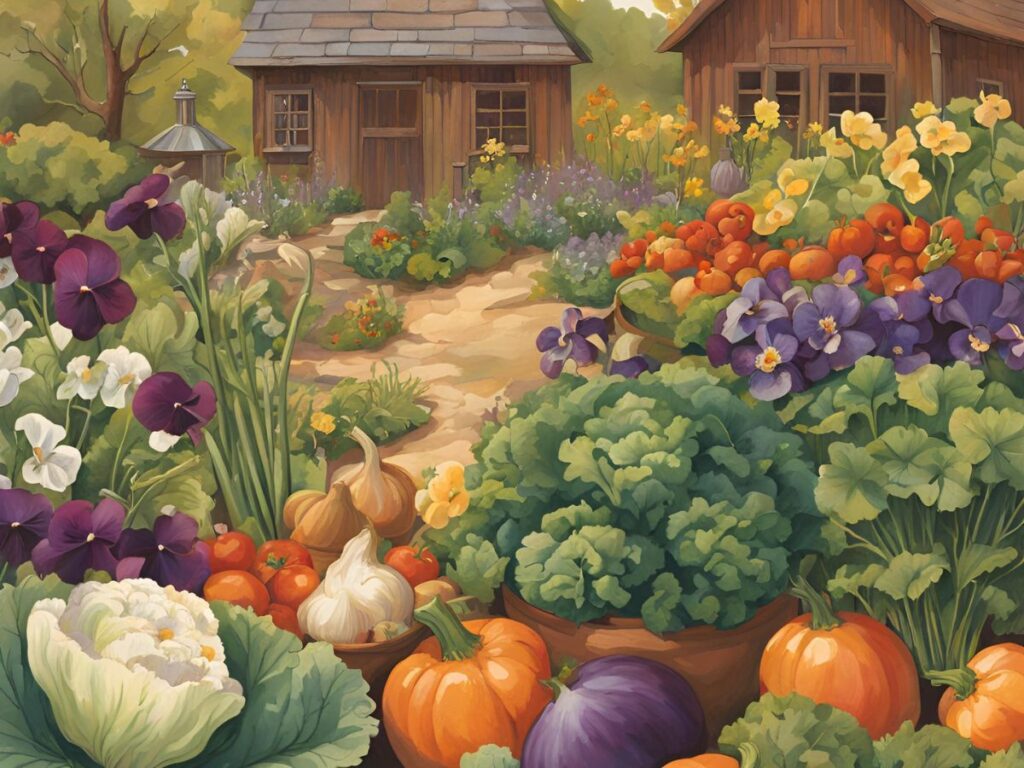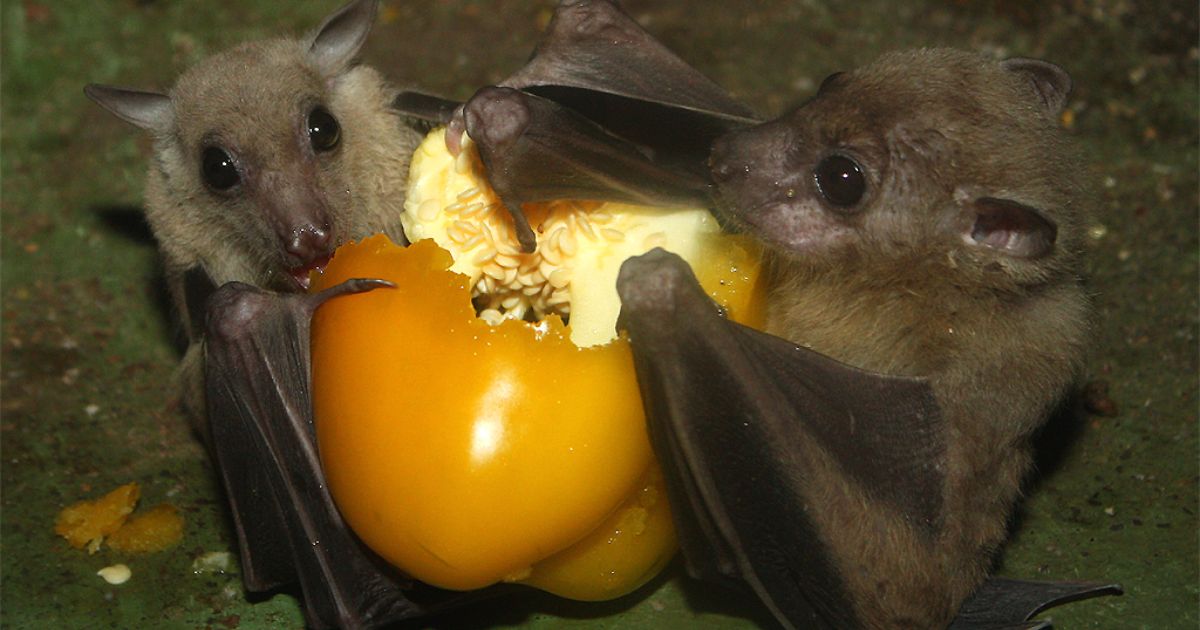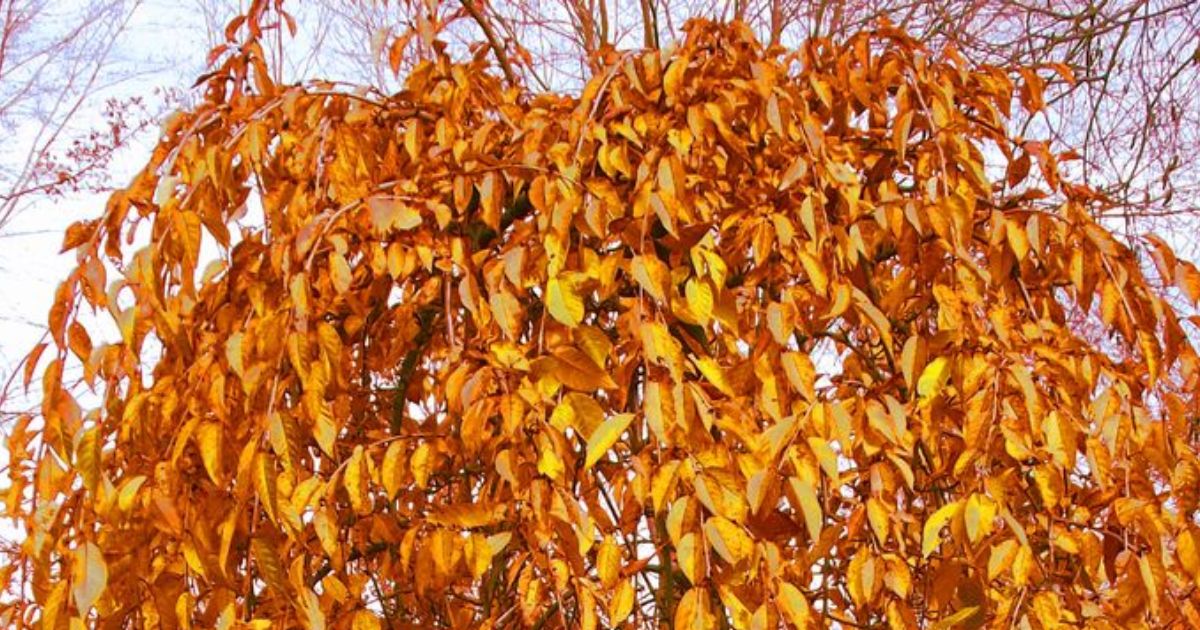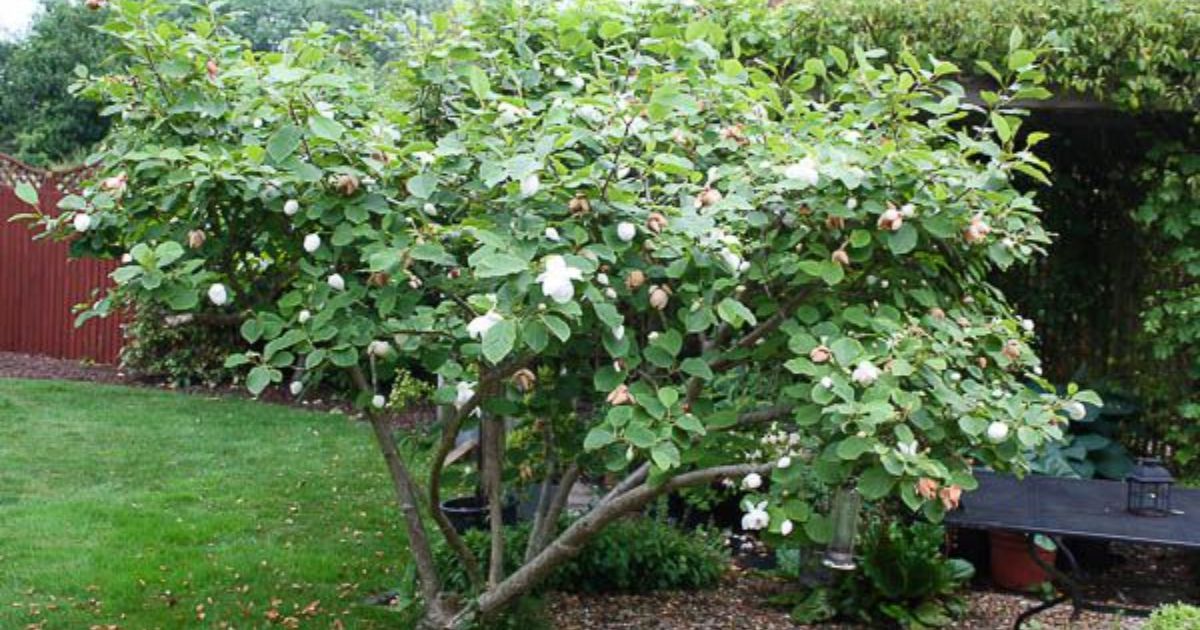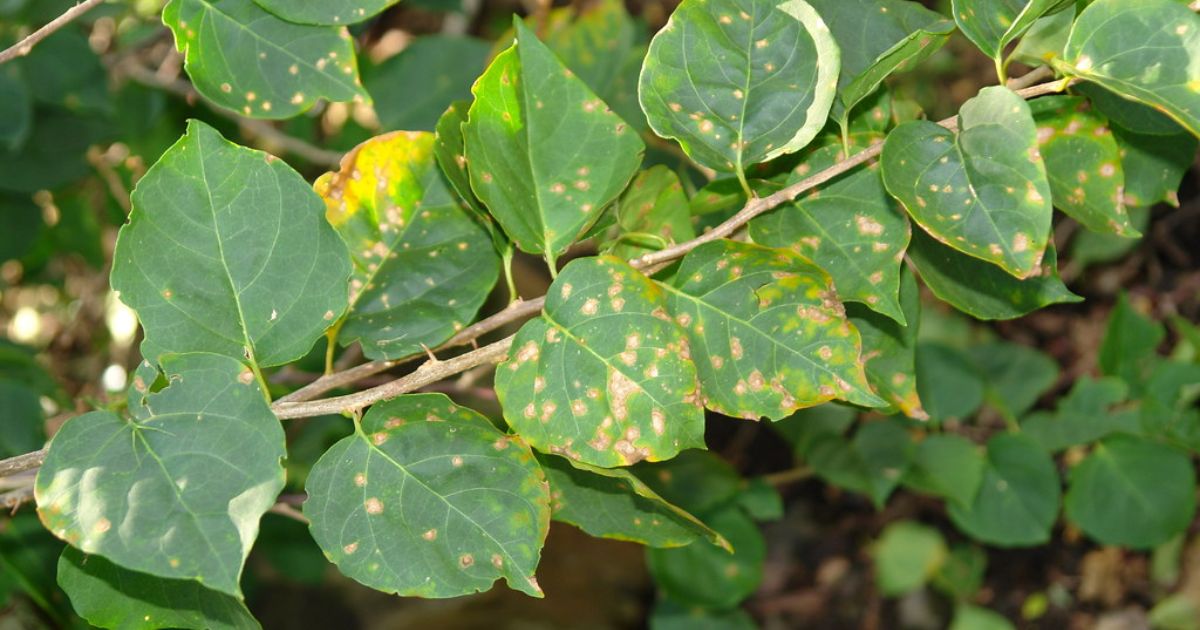As the days get shorter and the temperature drops, many gardeners might think it’s time to hang up their gloves for the season. However, fall is an ideal time to give your garden a fresh start with a new set of cool-weather crops. From hearty vegetables to vibrant flowers, there are plenty of options for what to plant in the fall to keep your garden thriving. In this guide, “What to Plant in Fall: Top Vegetables and Flowers for Cool Weather,” we’ll explore the best plants to cultivate during autumn, ensuring your garden remains productive and beautiful well into the more fabulous season.
Planting in fall offers numerous advantages, including milder weather, fewer pests, and the perfect soil temperature to support healthy growth. Whether you’re looking to harvest crisp, leafy greens or enjoy a burst of color from fall flowers, this season provides an excellent opportunity to diversify your garden. Let’s dive into the top vegetables and flowers you can plant in the fall, transforming As the year comes to an end, transform your garden into a beautiful and productive oasis.
Benefits of Fall Planting
Fall is an excellent time for planting, offering numerous special benefits that can result in a more productive and vibrant garden. One of the primary reasons fall is ideal for planting is the combination of warm soil and cooler air temperatures. The soil absorbs and retains heat throughout the summer, creating a favorable environment for root development in the fall. This warm soil helps seeds germinate more quickly and supports the establishment of young plants, giving them a strong start before the colder winter months set in.
Another significant benefit of fall planting is the cooler air temperatures, which reduce plant stress. Unlike the intense heat of summer, the mild fall weather allows plants to grow without the risk of overheating or rapid dehydration. This gentler climate fosters healthier plants and extends the growing season for specific crops and flowers.
Additionally, fall planting sees a notable reduction in common gardening pests and diseases. Many pests that thrive in the warmer months, such as aphids, caterpillars, and beetles, plants to plant in fall for spring become less active or dormant as temperatures drop. This decrease in pest activity means plants are less likely to suffer damage, allowing them to flourish with minimal intervention. Similarly, cooler weather slows the spread of plant diseases, providing a safer environment for your garden to thrive.
The combination of warm soil, cooler air, and fewer pests and diseases makes fall an excellent season to continue or even start new gardening projects. By taking advantage of these favorable conditions, you can enjoy a robust and healthy garden that brings beauty and bounty as the seasons change.
Top Vegetables to Plant in Fall
Fall is an ideal time to plant vegetables that thrive in cooler temperatures. From leafy greens to hearty root vegetables, planting in autumn can yield a productive and healthy garden. Here are some top vegetables to plant in fall, what to plant in the fall for spring along with tips on growing conditions, care, and their benefits in the kitchen.
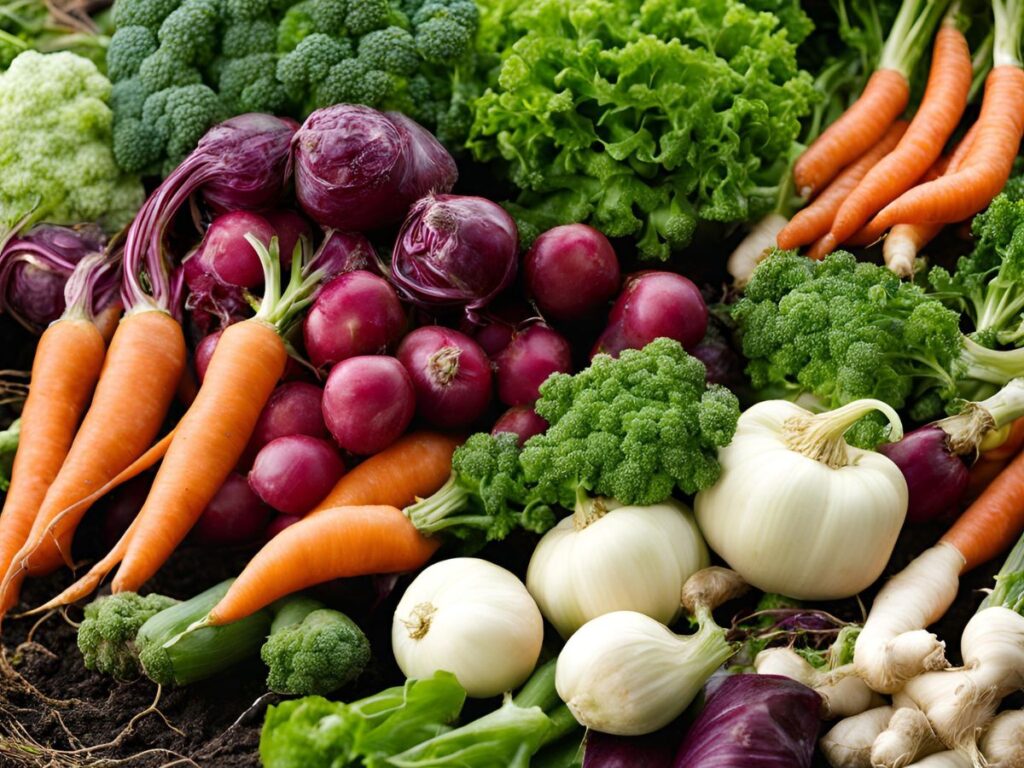
Leafy Greens (e.g., Spinach, Kale, Lettuce)
Leafy greens like spinach, kale, and lettuce are perfect for fall planting due to their tolerance for cooler temperatures and quick growth. These greens prefer well-drained soil rich in organic matter. Plant them in areas with partial to full sunlight, ensuring they receive about 4-6 hours daily. To maintain constantly moist but not soggy soil, regular watering is necessary.
Leafy greens have numerous health benefits. They are packed with vitamins A, C, and K, iron, and calcium, making them a nutritious addition to any diet. These greens are versatile in the kitchen, ideal for salads, soups, stir-fries, or as a healthy side dish.
Root Vegetables (e.g., Carrots, Beets, Radishes)
Root vegetables like carrots, beets, and radishes thrive in the cool temperatures of fall. When planting these crops, ensure the soil is loose and well-drained, allowing the roots to develop properly. Plant seeds about 1/2 inch deep and space them according to the specific vegetable’s requirements—typically around 2-4 inches apart for carrots and radishes and 3-4 inches apart for beets.
These vegetables store well, making them great for winter consumption. Carrots and Radishes are best kept in a cool, dark spot, although beets can be kept for weeks consumed fresh. In the kitchen, root vegetables can be roasted, added to stews, or enjoyed raw in salads, providing an abundance of nutritional fiber, vitamins, and minerals. The Best Pink Peppercorns Come From A Common Tree
Brassicas (e.g., Broccoli, Cauliflower, Brussels Sprouts)
Brassicas include broccoli, cauliflower, what flowers to plant in the fall for spring and Brussels sprouts well-suited for fall planting, as they prefer cooler weather and can tolerate light frosts. Plant these crops about 12-24 inches apart to allow room for their spread and ensure they receive full sun exposure. Utilize cloches or row coverings to shield them from early frost as temperatures dip.
These vegetables are known for their high nutritional content, including vitamins C and K, fiber, and antioxidants. They are versatile in the kitchen, commonly steamed, roasted, or added to casseroles and salads.
Legumes (e.g., Peas, Fava Beans)
Legumes like peas and fava beans are excellent choices for fall planting. Sow peas about 1-2 inches apart and 1 inch deep in well-drained soil, providing a trellis or support for climbing varieties. Fava beans should be planted around 6 inches apart and 2-3 inches deep. Both crops require regular watering and benefit from cooler weather to thrive. growing asparagus in raised beds
Legumes offer nutritious harvests rich in protein and fiber and enhance soil health by fixing nitrogen, which improves soil fertility for future crops. Plant in fall for spring Peas and fava beans can be enjoyed fresh or cooked in soups, stews, or side dishes.
By planting these top vegetables in the fall, you can enjoy a diverse and nutritious garden while taking advantage of the cooler weather and extended growing season.
Top Flowers to Plant in Fall
What to plant in fall for spring Fall is a fantastic time to plant flowers that can thrive in cooler temperatures and add vibrant color to your garden as the seasons change. Here are some of the top flowers to plant in fall, good plants to plant in the fall each offering unique beauty and hardiness for the autumn garden.
Pansies and Violas
Pansies and violas are known for their hardiness and colorful blooms, making them perfect for fall planting. These flowers can withstand light frosts, and their cheerful faces come in various colors, including purples, yellows, and blues what flowers to plant in fall for spring .
When planting violas and pansies, pick a spot that has well-drained soil and partial to full sun. To keep the soil damp but not soggy, water them frequently and space them 6 to 8 inches apart. Deadheading spent blooms will encourage continuous flowering throughout the season.
Mums (Chrysanthemums)
Chrysanthemums, commonly known as mums, are the quintessential fall flower, celebrated for their vibrant colors and rich autumnal appeal. Available in hues of red, orange, yellow, and purple, plant in fall for spring harvest mums bring warmth and brightness to gardens as other plants begin to fade.
To plant mums, select a spot with well-draining soil and full sun exposure. Plant them at the same depth as in their nursery pots, spacing them about 18 inches apart. They will remain healthy with regular fertilization and watering. Pruning spent blooms can extend their flowering period, and adding mulch can help protect the roots from the cold.
Asters
Asters are another excellent choice for fall planting, with their late bloom period and attraction to pollinators like bees and butterflies. In late summer to fall gardens, these daisy-like flowers, which are available in blue, purple, pink, and white hues, perennials to plant in fall for spring add a splash of color.
Asters prefer well-drained soil and full sun but can tolerate partial shade. Plant them about 12-36 inches apart, depending on the variety, and water them consistently to maintain moist soil. More blooms will result from deadheading, and reducing the plants after flowering helps prepare them for the next growing season.
Ornamental Kale and Cabbage
Ornamental kale and cabbage are not just vegetables; they are also valued for their decorative appeal and cold tolerance in fall gardens. These plants feature ruffled leaves in shades of green, purple, and white, adding unique texture and color to garden landscapes.
Plant ornamental kale and cabbage in well-drained soil with full to partial sun exposure. Spring flowers to plant in fall Space them about 12-18 inches apart and water them regularly, planting perennials in the fall especially during dry spells. They can withstand mild frosts and do well in colder climates; therefore, they are an excellent choice for autumn displays. These plants are often used as borders, in containers, or mixed with other fall flowers to create stunning garden arrangements.
By incorporating these top flowers into your fall garden, you can enjoy a beautiful, vibrant landscape that endures the cooler months, bringing color and life to your outdoor spaces.
Preparing Your Garden for Fall Planting
Preparing your garden for fall planting is crucial as the seasons change to ensure healthy growth and bountiful harvests. Proper soil preparation, mulching, watering, and frost protection can significantly enhance the success of your fall garden.
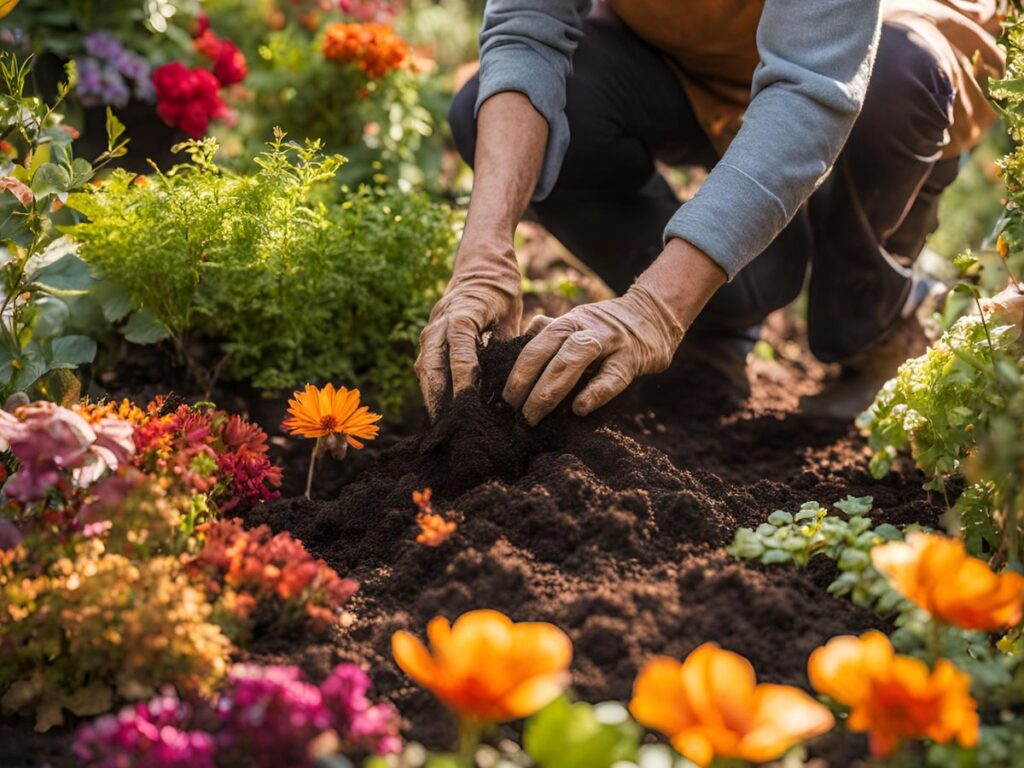
Soil Preparation
One of the first steps in preparing your garden for fall planting is enriching the soil to provide essential nutrients for your crops. Adding compost or organic fertilizers boosts soil fertility and improves its structure, helping retain moisture and support root development.
To prepare your garden beds, remove any remaining summer crops and weeds. Then, till the soil to a depth of 8-12 inches to aerate it and break up any compacted areas. Mix in compost or a balanced fertilizer, ensuring it is evenly distributed throughout the bed. This creates a nutrient-rich foundation that encourages robust plant growth. how to keep onions from spoiling
Mulching and Watering
Mulching is a vital practice for fall gardens, offering several benefits. It helps retain soil moisture, as cooler air and wind can dry the soil. Mulch also suppresses weed growth, reducing competition for nutrients and water. Apply a 2-3 inch Cover your plants with an organic mulch layer made of crushed leaves or straw after they are established.
Watering newly planted fall crops is essential, especially in the early stages of growth. While fall temperatures are cooler, consistent watering helps plants establish strong root systems. Flowers to plant in fall for spring Make sure the soil stays damp without becoming soggy by watering it deeply and infrequently. By encouraging roots to delve deeper into the soil, this method increases a plant’s resistance to temperature changes.
Frost Protection
Protecting your fall garden from frost can extend the growing season and safeguard your crops as temperatures drop. Row covers, cloches, or even simple plastic sheeting can provide a barrier against early frost, trapping warmth and keeping plants insulated.
Cover your plants in the late afternoon before temperatures fall, and remove the covers in the morning after the frost has melted. This ensures that your plants still receive adequate sunlight and airflow during the day. Keep an eye on the weather forecast, and be prepared to cover plants whenever frost is expected, especially during the late fall and early winter months.
By preparing your garden for fall planting, you can create a thriving environment for your crops and flowers, ensuring a productive and beautiful garden well into the more fabulous season.
Conclusion
Fall planting offers numerous advantages, from taking advantage of cooler temperatures and reduced pest activity to enjoying a fresh harvest of vegetables and vibrant flowers late into the season. By preparing your garden correctly and selecting the right plants, you can extend your gardening season and improve your outdoor space’s aesthetic appeal and functionality.
We encourage you to plant both vegetables and flowers this fall. Whether you’re growing leafy greens, root vegetables, beautiful planting or colorful blooms like pansies and mums, fall gardening can be a rewarding and enjoyable experience.
Have you tried fall planting before? Share your experiences, tips, and favorite fall crops in the comments below! We’d love to hear how your garden grows this autumn.
FAQs
Q1: What vegetables are best to plant in the fall?
A1: Leafy greens like spinach, kale, and lettuce, root veggies like beets, radishes, and carrots, and Brussels sprouts, cauliflower, and broccoli are examples of brassicas all excellent choices for fall planting.
Q2: Can I plant flowers in the fall?
A2: Yes, fall is a great time to plant hardy flowers such as pansies, violas, chrysanthemums (mums), asters, and ornamental kale and cabbage, which thrive in cooler weather.
Q3: How do I prepare my soil for fall planting?
A3: Start by removing old plants and weeds, then till the soil to loosen it. Enrich the soil by adding compost or organic fertilizers to provide essential nutrients for your fall crops.
Q4: Why is mulching important for fall planting?
A4: Mulching helps retain soil moisture, regulates soil temperature, and suppresses weed growth, creating a better environment for your fall plants to thrive.

